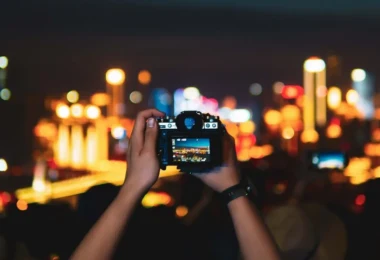Flowers have long been celebrated for their captivating beauty and their ability to convey profound emotions without uttering a single word. From ancient civilizations to modern times, flowers have played a significant role in human culture, art, and literature. In this article, we delve into the fascinating world of flowers, exploring their symbolism, cultural significance, and the enduring allure they hold for people around the globe.
The Symbolism of Flowers
Flowers have been imbued with symbolic meanings since ancient times. In different cultures, certain flowers are associated with specific emotions, events, or traits. For example, the rose is often regarded as a symbol of love and passion, while the lily represents purity and innocence. Understanding the symbolism of flowers adds depth and richness to our interactions with them, whether we’re giving or receiving them.
Cultural Significance
The significance of flowers varies across different cultures and civilizations. In ancient Egypt, flowers were used in religious ceremonies and as offerings to the gods. In Chinese culture, certain flowers, such as the peony and the lotus, hold deep symbolic meaning and are often featured in art and literature. In Japan, the art of flower arranging, known as Ikebana, is a highly revered tradition that reflects the country’s reverence for nature and beauty.
Flowers in Art and Literature
Throughout history, flowers have been a popular subject in art and literature. From the intricate floral motifs adorning ancient pottery to the vibrant still-life paintings of the Dutch masters, flowers have inspired artists for centuries. In literature, flowers are often used as symbols to convey a range of emotions and themes, from love and beauty to mortality and the fleeting nature of life.
The Psychology of Flowers
Research has shown that flowers can have a profound impact on human emotions and well-being. Studies have found that being surrounded by flowers can evoke feelings of happiness, relaxation, and positivity. The colors, shapes, and scents of flowers can stimulate our senses and lift our mood, making them powerful tools for enhancing our mental and emotional health.
Flowers in Everyday Life
In addition to their symbolic and cultural significance, flowers play a central role in our everyday lives. Whether it’s a bouquet of roses given as a romantic gesture or a simple vase of wildflowers brightening up a room, flowers have a way of bringing beauty and joy into our homes and workplaces. They’re also commonly used to mark special occasions such as weddings, birthdays, and funerals, serving as poignant reminders of life’s milestones.
The Importance of Flower Preservation
As our appreciation for flowers continues to grow, so too does the importance of preserving them for future generations to enjoy. With environmental concerns on the rise, there’s a growing movement towards sustainable floristry practices that minimize waste and reduce the carbon footprint of the floral industry. From organic farming methods to eco-friendly packaging, there are many ways to ensure that our love affair with dried flowers doesn’t come at the expense of the planet.
Conclusion
In conclusion, flowers are much more than just beautiful decorations. They’re powerful symbols of love, beauty, and emotion that have been cherished by cultures around the world for centuries. Whether we’re admiring a bouquet of roses in a vase or marveling at the intricate patterns of a flower petal under a microscope, flowers have a way of captivating our hearts and minds like few other things can. As we continue to explore the rich tapestry of meanings and associations that flowers hold, let us also remember the importance of preserving them for future generations to enjoy. After all, in the language of flowers, there’s always a story waiting to be told.

















